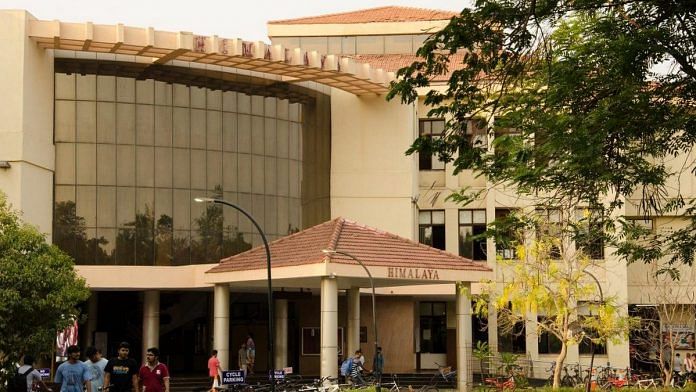New Delhi: In the two years since its launch, the Narendra Modi government’s initiative to attract the global scientific community to contribute to research and development in India has drawn hundreds of applicants from top global universities.
According to officials in the Ministry of Science and Technology, over 500 applications have been received under the VAJRA (Visiting Advanced Joint Research) Faculty Scheme since 2017.
In 2018-19, as many as 44 faculty members from foreign universities, including the Massachusetts Institute of Technology and the National University of Singapore (NUS), worked alongside researchers in India’s public funded institutions.
Under the bi-annual scheme launched by the Department of Science and Technology within the ministry, foreign faculty are invited to mentor students and conduct collaborative research with a host institute in India over a period of three months. The researchers work with a host faculty on a specific research area, and also take lectures and mentors students at the university.
The scheme mandates researchers to spend at least one month at the university. The faculty can then travel back and forth to spend an additional two months at the university. They are given a lump-sum amount of $15,000 in the first month of residency and $10,000 per month for the remaining two.
The research experience
Gilbert C. Walker, from the University of Toronto in Canada, said he was lucky to visit and collaborate with researchers at the Tata Institute for Fundamental Research (TIFR) in Mumbai in 2018-19.
“My labs back at the University of Toronto have been exploring experimental ways using light and nanoparticles to detect protein and membrane structures characteristic of Alzheimer’s disease,” Walker told ThePrint.
“The (TIFR) team I joined, led by my host professor Sudipta Maiti, has been making key advances in fundamental knowledge that may help to find ways to detect chronic neurodegenerative diseases in their early stages and open paths to therapy,” he said.
Walker added, “I visited Mumbai for a month last year with my son, who attended a local school while I worked in the lab and collaborated with Indian researchers. It has been a wonderful opportunity to do science and learn more about India.”
The same year, Uttama Lahiri, associate professor at the Indian Institute of Technology, Gandhinagar, hosted Dinesh Kant Kumar from RMIT University in Australia.
Lahiri said the initiative helped sow the seed for continued collaboration. Her lab at IIT Gandhinagar works on developing virtual reality based platforms to help restore movement in stroke patients.
“The experience was good. We also asked him (Dr Kumar) to take a few lectures. The students liked it and the feedback was good. It was only for one year, but we have applied for an extension,” Lahiri told ThePrint.
How the programme helps Indian universities
“VAJRA has enabled us to get internationally renowned faculty to spend extended periods interacting with our students and research scholars, besides faculty,” Koshy Varghese, dean of administration at Indian Institute of Technology Madras (IIT-M), told ThePrint.
IIT-M has hosted 12 VAJRA faculty so far from top global institutions from MIT, University of Melbourne, Texas A&M University, University of Southern California and Rice University, among others.
“The provision of multiple visits has resulted into deeper collaborations and results in high-impact, long-term outputs. It provides an opportunity to look at specific research problems and come up with holistic solutions,” said Varghese.
Apart from the IITs, universities including Indian Institute of Science in Bengaluru, Cochin University of Science and Technology and Indian Institute of Science Education and Research (IISER) in Pune have also hosted VAJRA faculty.
The faculty work on various fields ranging from artificial intelligence, quantum systems, robotics, carbon sequestration and cancer.
The programme emphasises on bringing Non-Resident Indians (NRI), Persons of Indian Origin (PIO) and Overseas Citizen of India (OCI) to public funded universities. At least 75 per cent of the selected VAJRA faculty in the last academic year consisted of professors of Indian origin.
Also read: Modi govt rankings better than London-based QS & Times lists, IIT-Delhi study finds



